Cart

Navigating the Second Dose of Amiodarone in ACLS: Timing, Purpose, and Considerations
Introduction
In the realm of Advanced Cardiovascular Life Support (ACLS), Amiodarone holds a pivotal role as a critical medication for managing life-threatening cardiac arrhythmias. This powerful drug is often the go-to choice for healthcare professionals dealing with severe heart rhythm disorders. However, a common question that often arises is: when should the second dose of Amiodarone be administered, and what purpose does it serve? This article aims to shed light on these important aspects.
In Advanced Cardiovascular Life Support (ACLS) protocols, Amiodarone stands as a critical medication for managing life-threatening arrhythmias. Often, the question arises: when is the second dose of Amiodarone administered, and what purpose does it serve?
The next dose of Amiodarone in ACLS protocols serves as a potential intervention for patients with persistent or refractory pulseless ventricular arrhythmias. Its administration aims to further stabilize the cardiac rhythm and increase the likelihood of achieving a perfusing rhythm in critical situations.

Timing of the Second Dose of Amiodarone
The timing of the second dose of Amiodarone is crucial in ACLS protocols. After the initial administration of Amiodarone during interventions for pulseless ventricular tachycardia (VT) or ventricular fibrillation (VF), a second dose may be considered if the first dose fails to establish a stable rhythm. The general recommendation is to administer the second dose after a period of 5 to 10 minutes, particularly if the patient remains in a shockable rhythm. However, it’s important to note that this is a guideline and not a strict rule. The timing can vary based on the patient’s response to the initial dose and their overall clinical condition.
Purpose of the Second Dose of Amiodarone
The second dose of Amiodarone serves multiple purposes in the context of ACLS:
- Managing Persistent Ventricular Arrhythmias: If the initial dose of Amiodarone fails to achieve the desired response, a second dose aims to further stabilize the ventricular rhythm. The ultimate goal is to convert the patient from a shockable rhythm to a more stable, perfusing rhythm.
- Addressing Sustained Ventricular Fibrillation or Tachycardia: Despite the initial dose and defibrillation attempts, some patients might continue to exhibit VF/VT. In such cases, a second dose of Amiodarone is administered to enhance the antiarrhythmic effects, thereby increasing the chances of successfully restoring a stable cardiac rhythm.
Considerations and Cautions
While a second dose of Amiodarone may be indicated in certain circumstances, it’s essential to exercise caution and use clinical judgment. Monitoring the patient’s response to the medication, assessing for any adverse effects or contraindications, and considering alternative interventions or medications should all be part of the decision-making process. It’s crucial to remember that every patient is unique, and what works for one may not work for another.
Conclusion
The administration of a second dose of Amiodarone in ACLS protocols serves as a potential intervention for patients with persistent or refractory pulseless ventricular arrhythmias. Its purpose is to further stabilize the cardiac rhythm and increase the likelihood of achieving a perfusing rhythm in critical situations.
However, it’s important to remember that ACLS guidelines are continually evolving, and individual patient scenarios may vary. Therefore, consultation with experienced healthcare providers and strict adherence to current ACLS protocols are crucial in determining the necessity and timing of a second dose of Amiodarone. As with all aspects of medical care, the patient’s safety and well-being should always be the top priority.
Always remember, ACLS guidelines evolve, and individual patient scenarios may vary. Consultation with experienced healthcare providers and adherence to current ACLS protocols are crucial in determining the necessity and timing of a second dose of Amiodarone.
For comprehensive ACLS training and in-depth insights into critical medications like Amiodarone, explore our courses designed to equip healthcare providers with the skills and knowledge needed for efficient emergency response contact us today for an ACLS course
